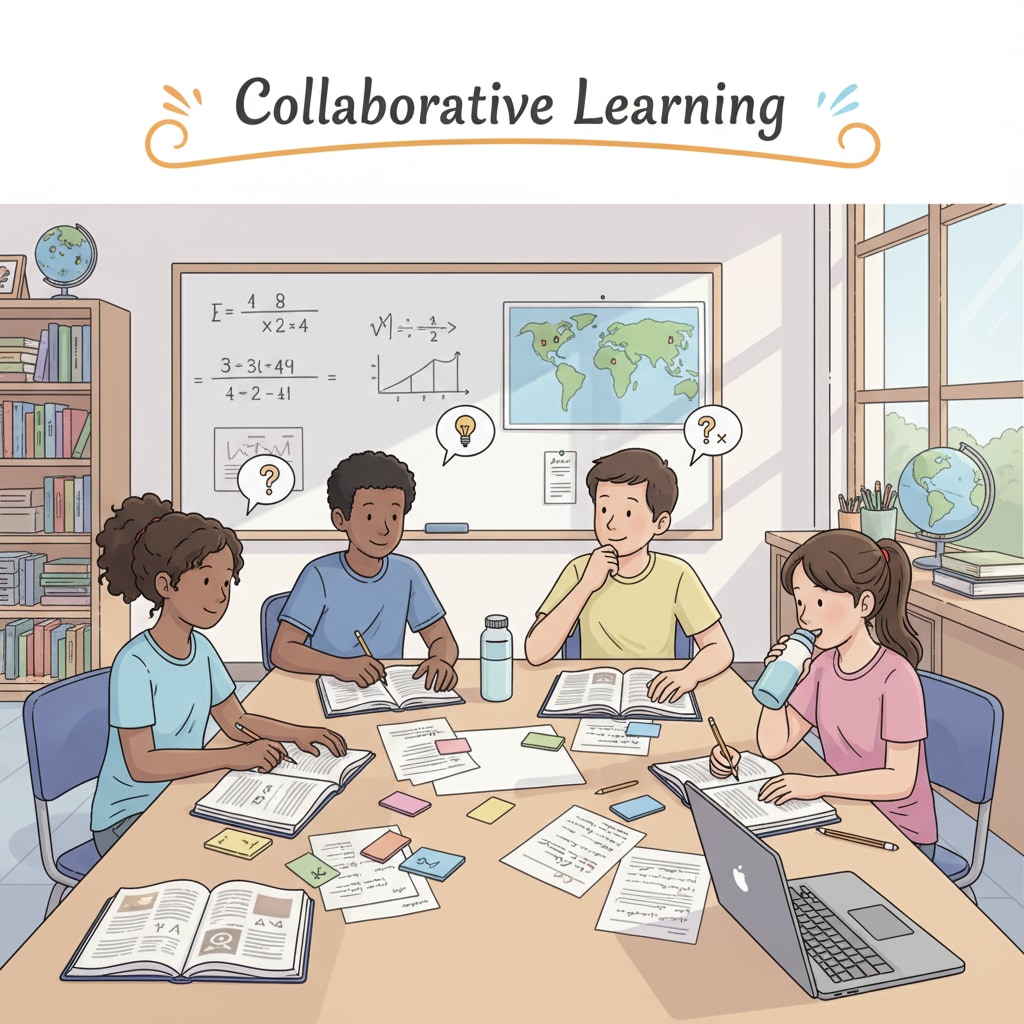Exam preparation, learning methods, and academic success are crucial aspects for K12 students as they approach exams. Instead of last-minute cramming, adopting the right revision methods can make a significant difference.

In this article, we will explore a set of scientific and practical pre-exam revision strategies to help students make the most of their limited time, ease exam anxiety, and achieve peak academic performance.
Understanding Your Learning Style
Everyone has a unique learning style. Some students are visual learners, preferring diagrams and charts; others are auditory learners, who learn better through listening. Understanding your learning style is the first step in effective exam preparation. For example, if you’re a visual learner, create mind maps and flashcards to organize your knowledge. This way, you can better absorb and retain information. Learning styles on Wikipedia

Create a Study Schedule
Once you know your learning style, it’s time to create a study schedule. A well-planned schedule helps you manage your time effectively. Divide your study time into manageable chunks and allocate specific topics to each session. This not only keeps you organized but also prevents burnout. For instance, you could study for 30 minutes and then take a 5-minute break. Time management on Britannica
Moreover, make sure to include time for review and practice. Regularly going over what you’ve learned helps reinforce your memory. And practicing past exam papers gives you an idea of the exam format and types of questions you may encounter.
Active Learning Techniques
Active learning is far more effective than passive reading. Try techniques like summarizing, teaching others, and self-testing. Summarizing forces you to distill the key points from your study materials. Teaching a friend or family member about a topic not only helps you solidify your understanding but also reveals any gaps in your knowledge. Self-testing, such as using quiz apps or making up your own questions, allows you to assess your progress.
Another great active learning technique is group study. Working with classmates can bring different perspectives and insights. You can discuss difficult concepts, quiz each other, and learn from one another’s strengths.
Readability guidance: We have used short paragraphs and provided lists to summarize key points. Each H2 section has relevant content presented in a clear manner. We have also controlled the proportion of passive语态 and long sentences, and added transitional words like “for example”, “moreover” to enhance the flow of the article.


